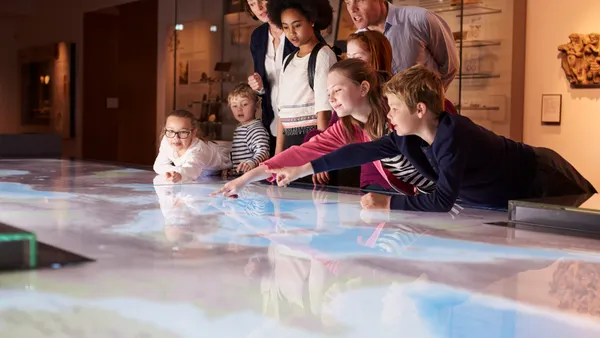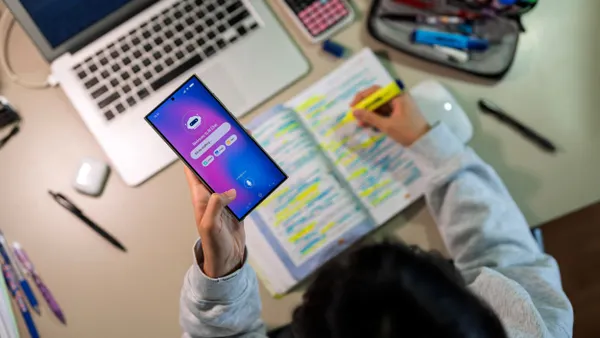Cheryl Lykowski’s classroom has had story time on the International Space Station, watched scientists engage with polar bears and chatted with Jane Goodall about her work with chimpanzees.
No, Lykowski doesn’t have an unlimited field trip budget. Her method of transportation is to travel across the web — and she uses Skype, a free communications tool, as her gateway.
Hooking up her hard-wired Dell PC to one of two web cameras she bought herself, the Lambertville, NJ-based teacher takes her 2nd grade students at Monroe Road Elementary anywhere she can reach online, and connects with a wide variety of “tour guides” over the internet. The visits can be as short as 15 minutes, or as much as an hour, but the experiences, she knows, are long-lasting.
“I show [students] that their world is not contained by four walls in the classroom,” she says. “It's been a passion of mine because obviously we can’t travel everywhere.”
Skype, which launched in 2003, is now such a popular way to augment curriculum that many organizations have dedicated departments to set-up these calls for teachers and administrators. Whether that’s the National WWII Museum in New Orleans, LA or Mount Rainier National Park, visits can be woven into almost any curriculum from science to literacy.
A 'great equalizer'
One author who loves meeting with students online is Kate Messner, who talks with classes about her writing process and research. After publishing her first book, “The Brilliant Fall of Gianna Z,” in 2009, Messner wished she could connect more with young readers, but was still tied up as a teacher herself. Traveling? That didn’t easily fit into her schedule.
Skype visits let her meet even young readers without leaving home. And even though she now travels more often — and writes full time — she still offers virtual book tours to educators all over the country. She knows schools can fold her author talks into their curriculum without taking a bite out of their tight budgets. Messner’s such a fan of virtual visits, she even launched her own author network where curriculum designers can link up to other writers online.
“They’re also a great equalizer in terms of access to authors,” says Messner about online talks. “Many schools don't have the budgets for traditional author visits, so virtual visits are a lower-cost, or sometimes no-cost option.”
There are myriad ways to find online Skyping opportunities. Microsoft is just one well-known source which helps facilitate Skype connections between writers, celebrities and experts. Students can hear from people who may never be able to visit them in person.
For example, Microsoft’s Mystery Skype links classes to mystery guests, giving students 20 questions to sleuth, like a virtual scavenger hunt, where these speakers live — whether that’s Cairo, Egypt or Jenson, UT.
To Lykowski, opening her classroom’s digital doors to experts not only increases her students’ opportunities — but her own as well.
“I never realized a polar bear’s front paw is as big as man’s head,” she says. “We would never be able to visit the Arctic and tag polar bears in the wild, but we’ve been able to do that. We’ve shown students different career possibilities, to help them figure out what’s possible for their future.”





 Dive Awards
Dive Awards






